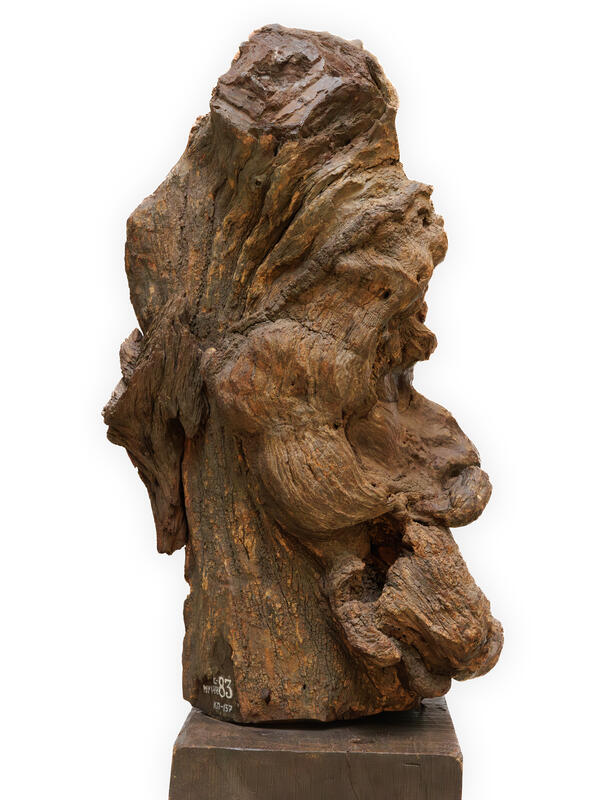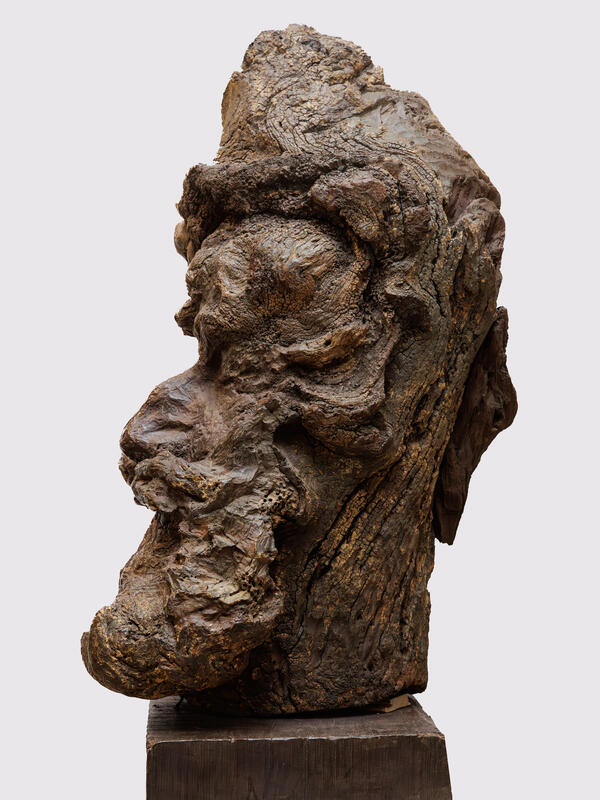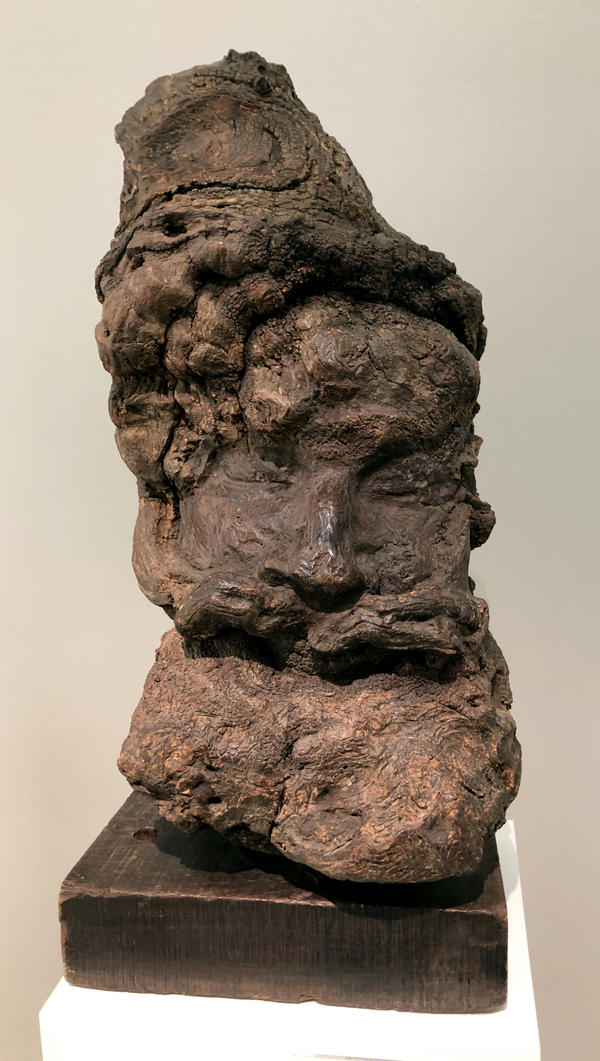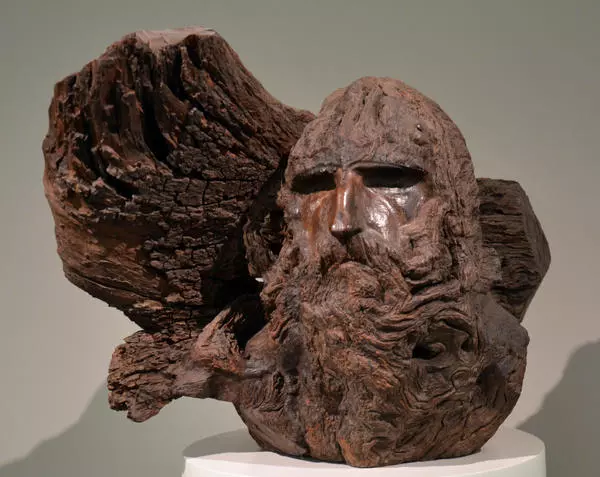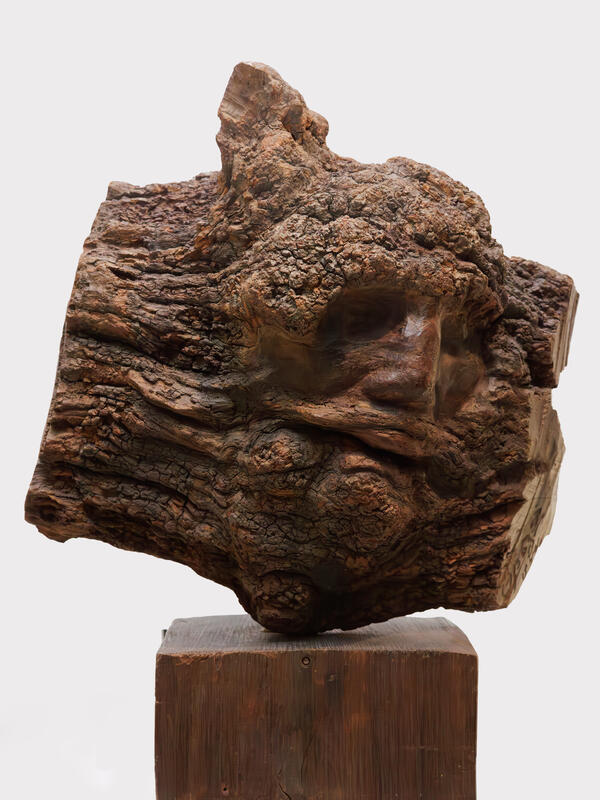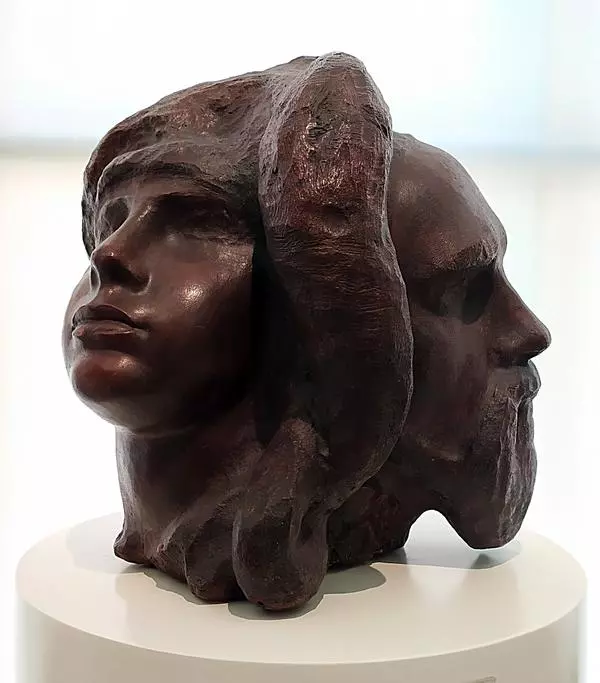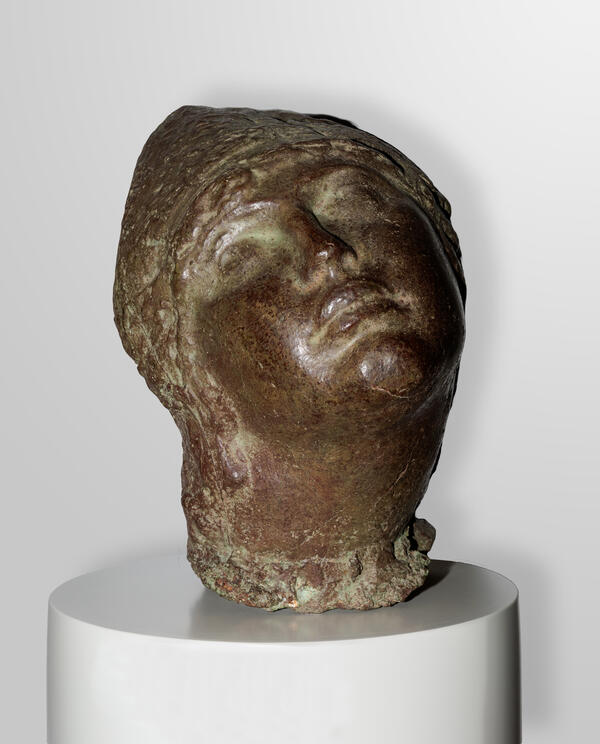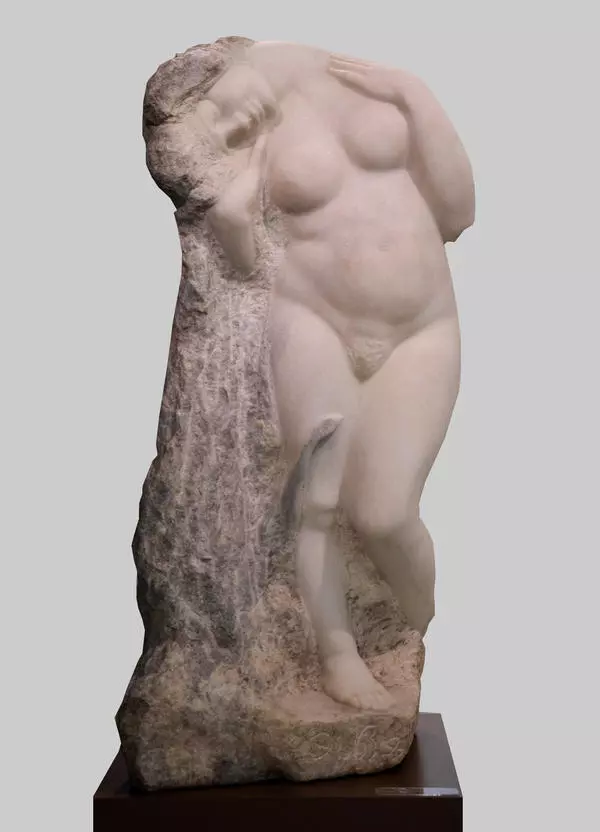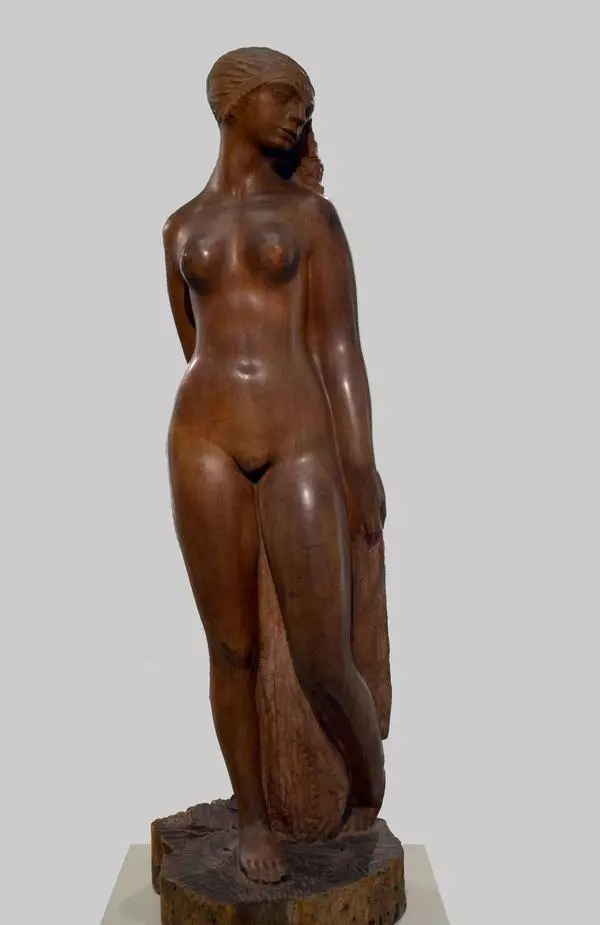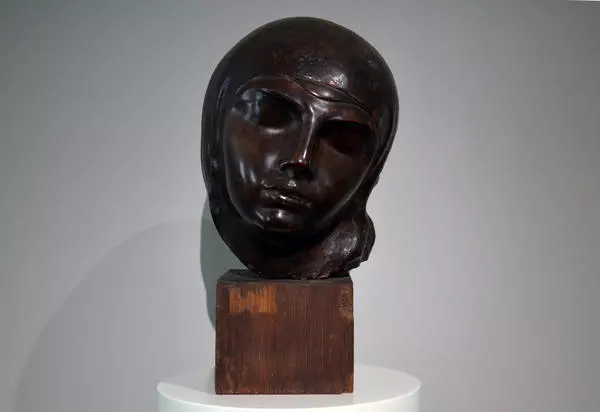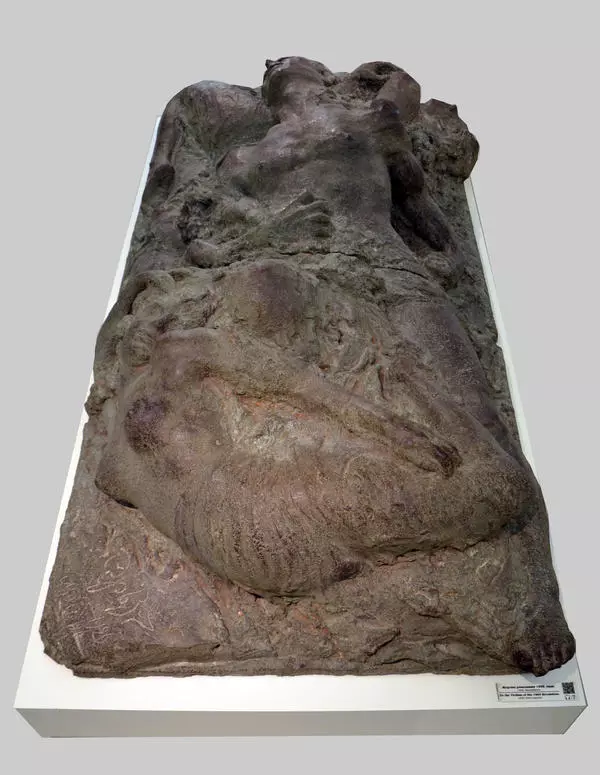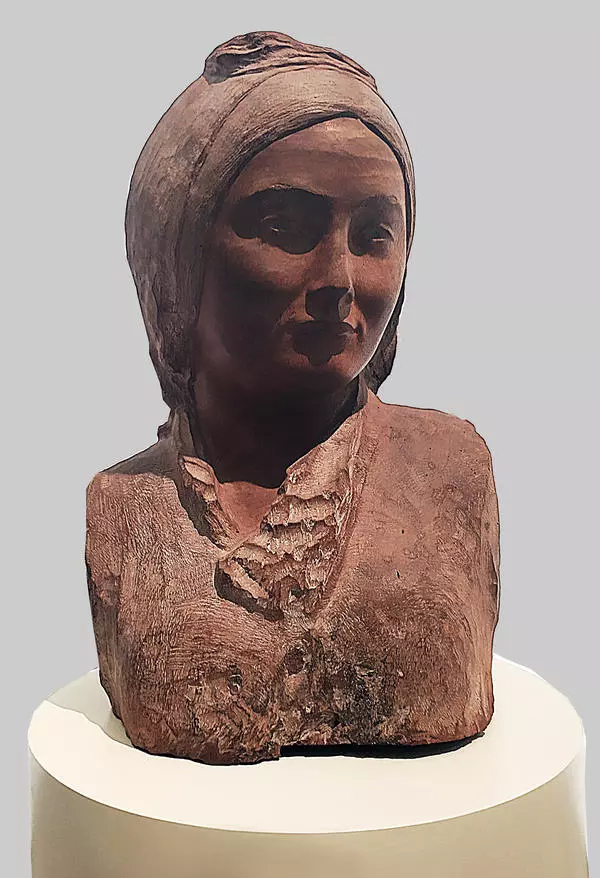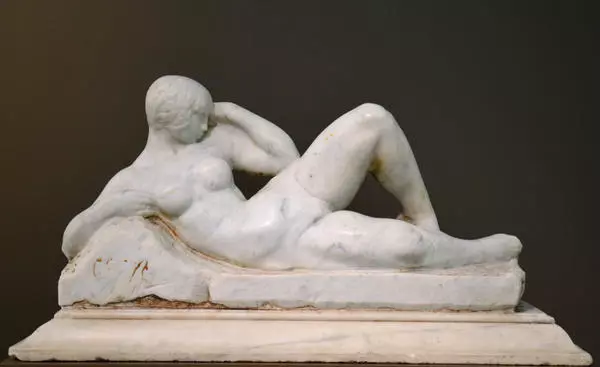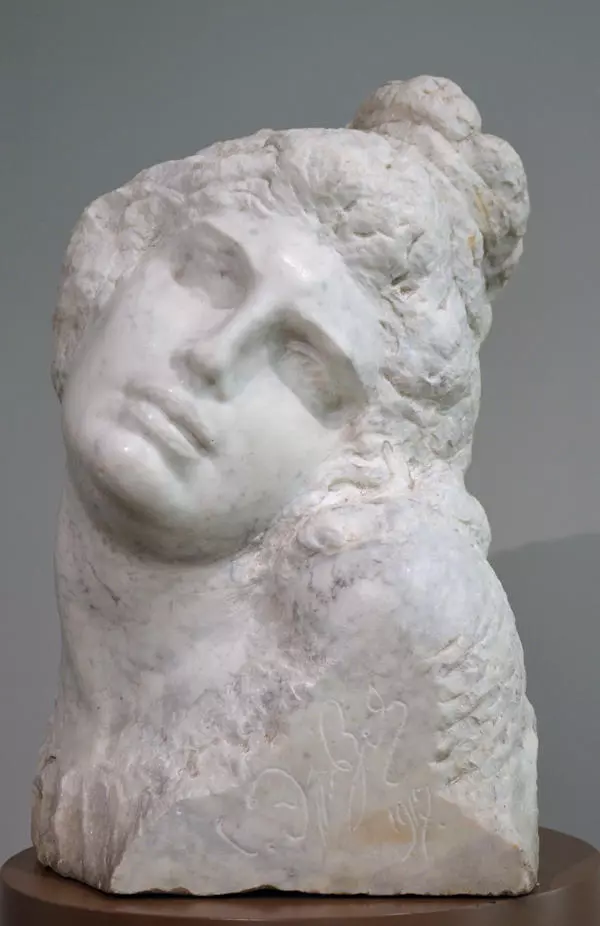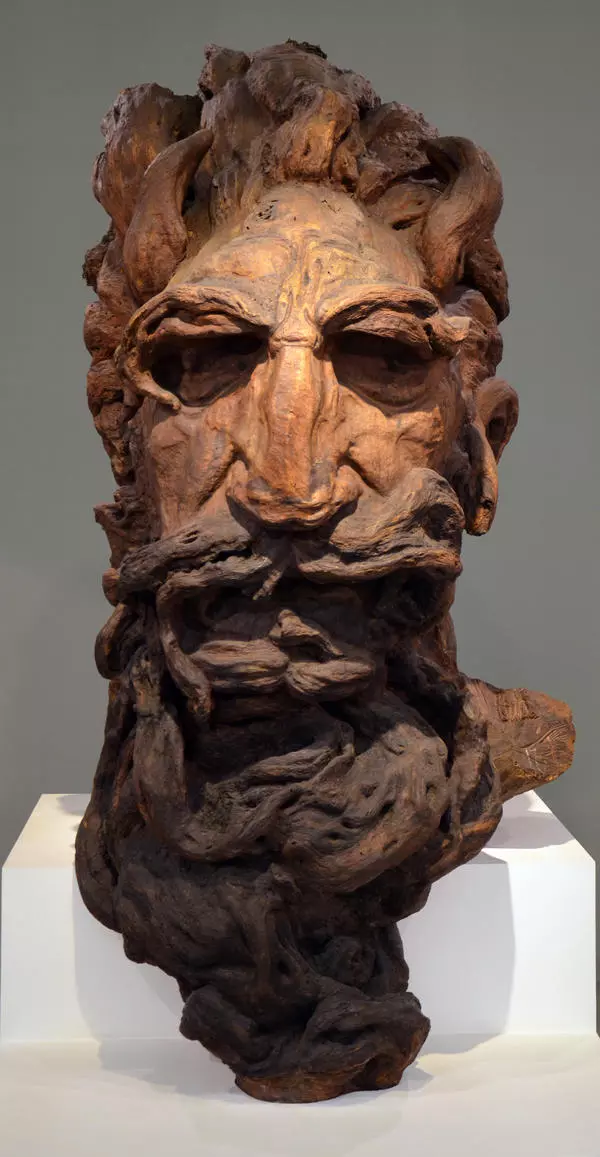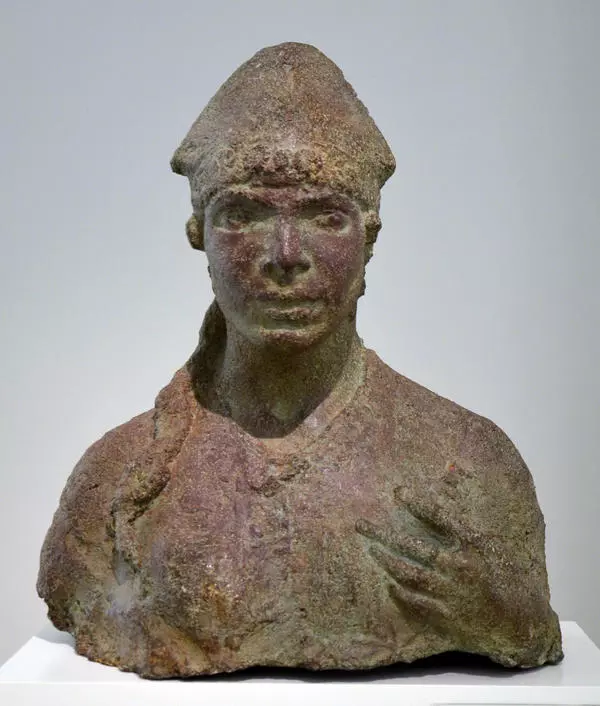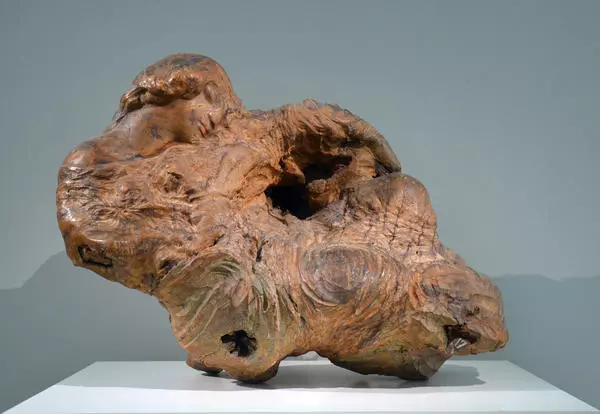The most vibrant, fruitful and unique period in the creative life of the Russian and Soviet sculptor Stepan Erzia was his Argentine period. From 1927 to 1950 he lived and worked in the country, where he created more than 300 works, using subtropical woods. He participated in various art exhibitions and organized solo exhibitions. At that time, he finally formed and consolidated the individual features of his sculpture. This was due, above all, to the fact that it was in Argentina where the artist found special wood species — quebracho and algarrobo. The unusual hardness, intricate curves, and rich color attracted the sculptor’s attention and offered new opportunities for artistic exploration. The material, previously not used by anyone for artistic purposes, largely determined the qualities of the sculpture.
The portraits of various nationalities, created by the genius sculptor, have a fine sense of the uniqueness of different ethnic types, they reproduce the most characteristic features of representatives of different peoples: “A Bolivian” (1933, 1945), “A Chinese” (1934), “An Argentinean” (1934), “A Turk” (1940). Of particular attention are the images, which are associated with the longing for the abandoned homeland. They are notable for great warmth and spiritual integrity. Erzia had very personal memories of his fellow countrymen, their dear faces obscured by the haze of time. Perhaps that is why the outlines of his works “Peasant’s Head” (1931), “Mordovian Peasant” (1937) and “Old Mordovian” (1944) are vague and unclear. However, the nature is clearly discernible through this haze.
The portrait “Mordovian Peasant” is incredibly appealing: a joker, an entertainer, a storyteller and a master of telling tall tales, sometimes making salty jokes that amuse the grateful public, who always surround such people. But behind the external ease there are qualities of the Mordovian people observed by researchers, ethnographers and writers: kindness and diligence, intelligence, prudence, love of liberty, courage and truthfulness.
The artistic challenges Erzia addresses in “Mordovian Peasant” are also typical of his other works: the rendering of certain human feelings and states. He finds the best form for this, creating a memorable, somewhat unexpected, and very convincing image.
The portraits of various nationalities, created by the genius sculptor, have a fine sense of the uniqueness of different ethnic types, they reproduce the most characteristic features of representatives of different peoples: “A Bolivian” (1933, 1945), “A Chinese” (1934), “An Argentinean” (1934), “A Turk” (1940). Of particular attention are the images, which are associated with the longing for the abandoned homeland. They are notable for great warmth and spiritual integrity. Erzia had very personal memories of his fellow countrymen, their dear faces obscured by the haze of time. Perhaps that is why the outlines of his works “Peasant’s Head” (1931), “Mordovian Peasant” (1937) and “Old Mordovian” (1944) are vague and unclear. However, the nature is clearly discernible through this haze.
The portrait “Mordovian Peasant” is incredibly appealing: a joker, an entertainer, a storyteller and a master of telling tall tales, sometimes making salty jokes that amuse the grateful public, who always surround such people. But behind the external ease there are qualities of the Mordovian people observed by researchers, ethnographers and writers: kindness and diligence, intelligence, prudence, love of liberty, courage and truthfulness.
The artistic challenges Erzia addresses in “Mordovian Peasant” are also typical of his other works: the rendering of certain human feelings and states. He finds the best form for this, creating a memorable, somewhat unexpected, and very convincing image.

